Spotted barb - Barbodes everetti
Scientific name: Barbodes everetti
Common name: Spotted barb
Family: Cyprinidae
Usual size in fish tanks: 14 - 15 cm (5.51 - 5.91 inch)
014
Recommended pH range: 6.2 - 6.8
Recommended water hardness: 7 - 17°N (125 - 303.57ppm)
0°C 32°F30°C 86°F
Recommended temperature range: 24 - 28 °C (75.2 - 82.4°F)
The way how these fish reproduce: Spawning
Where the species comes from: Southeast Asia
Temperament to its own species: peaceful
Temperament toward other fish species: aggressive to smaller
Usual place in the tank: Middle levels
Short description
Important ID note: In the aquarium trade the name “Clown barb” is often used for Barbodes dunckeri, while the species here is Puntius/Barbodes everetti, commonly called Everett’s (Spotted) barb. The two are related but distinct. This profile describes everetti.
Barbodes (Puntius) everetti is a robust, active barb from Borneo that forms loose shoals and shows bold flank markings that intensify with mood and dominance. It reaches ~14–15 cm (5.5–6 in), so it’s larger than most community barbs; provide space, current, and a group of 6–8 to diffuse nipping. Best results come in a dim, well-structured tank with dark substrate, driftwood, and hardy plants, plus long, open lanes for swimming.
Origin
Native to Borneo (Kalimantan, Sabah, Sarawak) in Southeast Asia. Inhabits forest streams and middle courses with soft to moderate hardness, leaf litter, and moderate flow.
Food and feeding
An omnivorous micro-predator: takes quality flakes/pellets for barbs, plus frozen/live foods (daphnia, bloodworms, brine shrimp) and some plant matter (blanched spinach, zucchini). Offer varied, smaller meals to keep condition high and color strong. Avoid housing with hyper-fast feeders that will outcompete them.
Sexing
Males are slimmer and often show stronger coloration; ripe females are noticeably deeper-bodied.
Breeding
Typical egg-scattering barb. Use a separate dimly lit tank with fine-leaved plants or spawning mops and a mesh/grid to protect eggs. Condition a group on live/frozen foods; spawning usually occurs at daybreak. Remove adults post-spawn. Eggs hatch in ~24–36 h; fry are free-swimming after 3–5 days and start on infusoria/rotifers, then newly hatched brine shrimp and fine powders.
Lifespan
With good care expect 6–8 years.
Behavior & compatibility
A fast, social shoaler; keep in numbers to prevent fin-nipping. Suitable tank mates are similarly sized, robust, fast-moving fishes: larger rasboras, peaceful barbs of similar size, rainbowfish, and riverine loaches. Avoid slow, long-finned species (angelfish, gouramis with veils) and very small fish that may be harassed. Provide current and high oxygen.
Tank requirements
- Tank size: 200–250 L minimum for a group; longer footprint > height.
- Aquascape: dark sand/gravel, driftwood, hardy plants (e.g., Cryptocoryne, Microsorum), leaf litter; open swimming lanes.
- Maintenance: clean, stable water; weekly 30–40% changes; moderate flow/filtration.
Notes on identification
Do not confuse Barbodes everetti (Everett’s/Spotted barb) with the true Clown barb Barbodes dunckeri (smaller, different blotch pattern, Peninsular Malaysia origin) or with Barbodes lateristriga (T-barb). Using the correct name helps avoid mismatched care and tank size expectations.
Pictures
Bought by aqua-fish.net from jjphoto.dk.
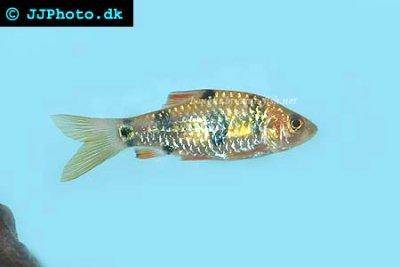



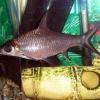 Bala
Bala 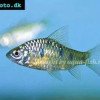 Golden
Golden 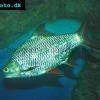 Tinfoil
Tinfoil 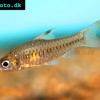 Congo
Congo 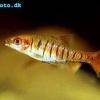 Blue-barred
Blue-barred 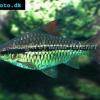 African
African 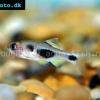 Butterfly
Butterfly 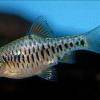 Olivegreen
Olivegreen 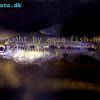 Morse
Morse 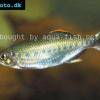 Jerdon’s
Jerdon’s 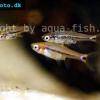 Mosquito
Mosquito 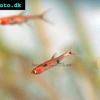 Dwarf
Dwarf 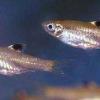 Eyespot
Eyespot 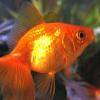 Goldfish
Goldfish 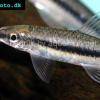 Penguin
Penguin 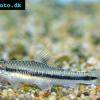 Siamese
Siamese 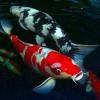 Koi
Koi 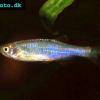 Pearl
Pearl 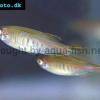 Glowlight
Glowlight 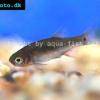 Crossbanded
Crossbanded 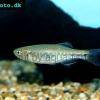 Yoma
Yoma 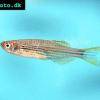 Orange
Orange 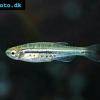 Dwarf
Dwarf 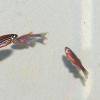 Zebra
Zebra 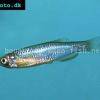 Rose
Rose 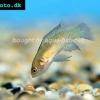 Red
Red 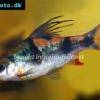 Arulius
Arulius 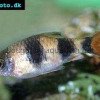 Tambraparni
Tambraparni 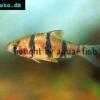 Fiveband
Fiveband 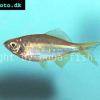 Bengal
Bengal 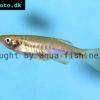 Tiger
Tiger 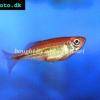 Malabar
Malabar 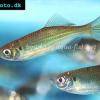 Queen
Queen 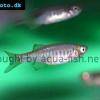 Hora
Hora 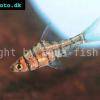 False
False 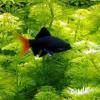 Redtail
Redtail 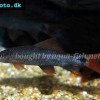 Rainbow
Rainbow 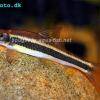 Flying
Flying 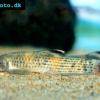 Garra
Garra 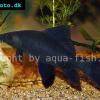 Black
Black 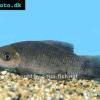 Purple
Purple 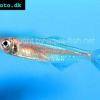 Burmese
Burmese 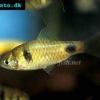 Dwarf
Dwarf 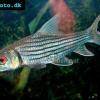 Isok
Isok 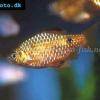 Rosy
Rosy 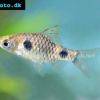 Two
Two 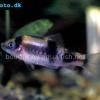 Melon
Melon 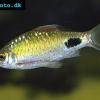 Black-spot
Black-spot 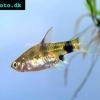 Golden
Golden 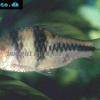 T-Barb
T-Barb 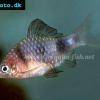 Ruby
Ruby 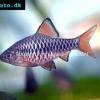 Checkered
Checkered 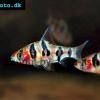 Rhomb
Rhomb 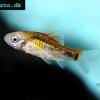 Gold
Gold 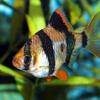 Tiger
Tiger 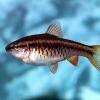 Cherry
Cherry 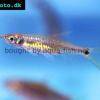 Brittan’s
Brittan’s 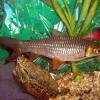 Greater
Greater 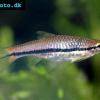 Long-band
Long-band 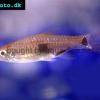 Twospot
Twospot 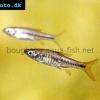 Reticulate
Reticulate 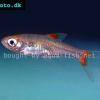 Cherry
Cherry 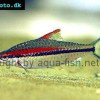 Denison
Denison 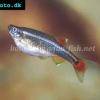 White
White 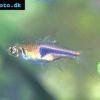 Lambchop
Lambchop 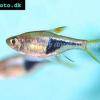 Harlequin
Harlequin